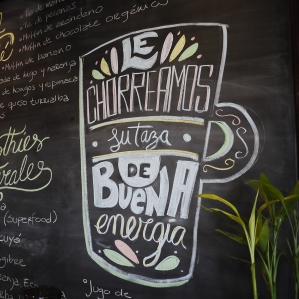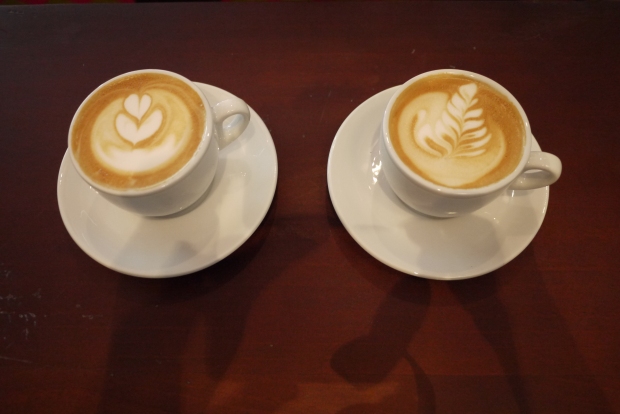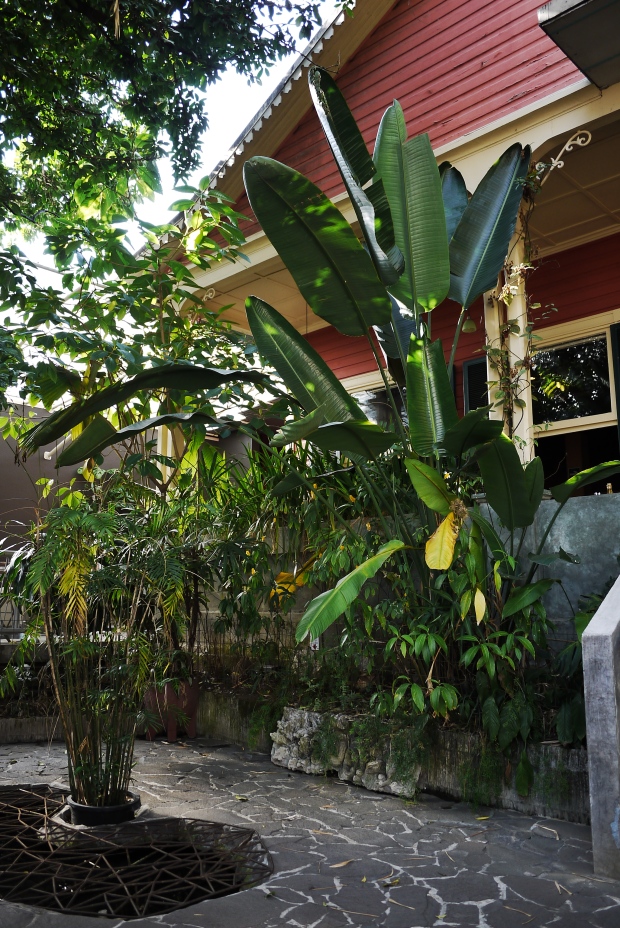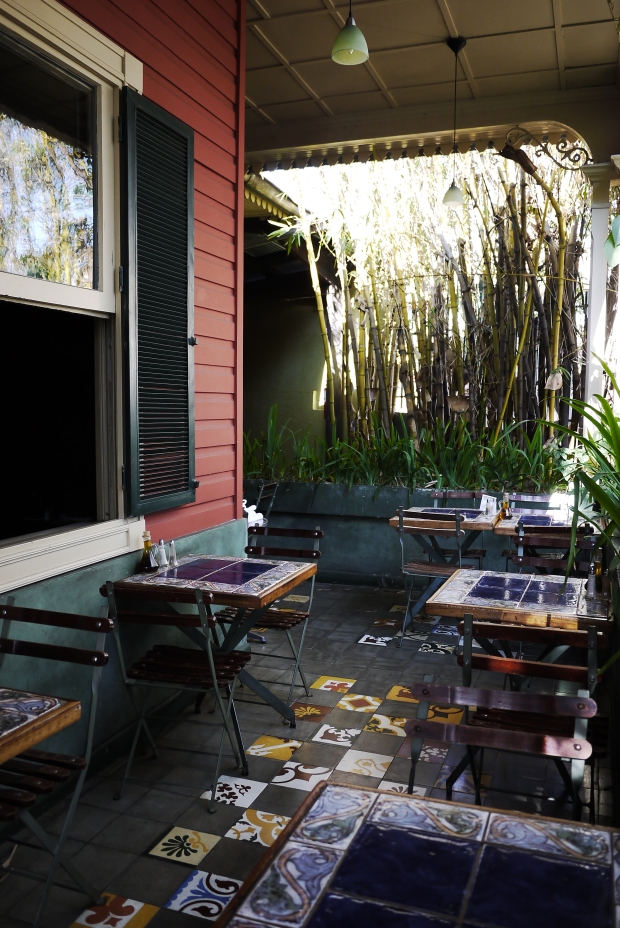Malgré la distance, y’a plein de choses qui font que la vie au Costa Rica n’est pas vraiment exotique. Après 4 ans en Norvège, c’est même un peu comme revenir dans le sud de la France. Par contre, il y a une chose qui depuis des mois me rend folle me surprend: le système d’adresse à la costa-ricienne. Au début je croyais qu’il n’y avait pas de système. En fait si, il y en a un, carrément ésotérique.
Si on se connait vous savez sûrement à quel point je suis nulle en orientation. C’est pour ça que les villes quadrillées à l’américaine me conviennent bien; c’est logique (la plupart du temps) et facile. Si on regarde une carte de San José de loin, on a l’impression que c’est comme ça, en tout cas dans le centre :

Le centre-ville de San José, organisé autour de l’avenue centrale et la rue centrale
On a une avenue centrale qui traverse la ville d’est en ouest, avec avenida 1, 3, 5, etc. en allant vers le haut et avenida 2, 4, 6, etc. en allant vers le bas (du plan). Du nord au sud, traversent les “calle” (rue, pour les nulles en espagnol) avec la calle central (rue centrale, donc) et vers la droite calle 1, 3, 5, etc., vers la gauche calle 2, 4, 6, etc. Sauf que ça, c’est nouveau. Et si je dois rejoindre quelqu’un, aller quelque part en taxi ou expliquer où se trouve un café, personne, absolument personne (et c’est pas faute d’avoir essayé) va me comprendre.
Pourquoi? Parce que les gens ici marchent par points de repères. Un point de repère peut être n’importe quoi à partir du moment où tout le monde sait de quoi il s’agit: un parc, un dentiste, une maison jaune.
Exemple: J’habite le quartier Escalante, plus précisément sur l’avenue 13, entre la rue 33 et 35. Si je dis ça au chauffeur de taxi ou à un ami désirant me rendre visite (si si, ça arrive), ils vont me regarder avec des yeux énormes et tout ronds.
Par contre, si j’explique “dans le quartier Escalante, à 150m à l’ouest du Farolito”, là, tout devient limpide.
Le “Farolito”, c’est une sorte de lampadaire old-school sur un mini rond point, apparemment ça serait un cadeau de l’Angleterre au Costa Rica (sont sympas ces anglais!). Donc voilà, ça, tout le monde connait.
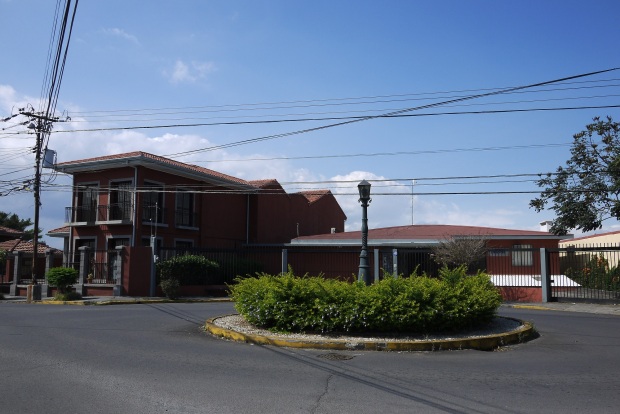
El Farolito!
Après faut juste savoir où se trouve l’ouest, d’où ma fidèle amie qui me suit d’habitude in the wild mais qui a désormais élu domicile dans mon sac à main :

Une boussole…
Dans ce cas, j’ai de la chance parce que le Farolito existe, perché sur le rond point. Mais parfois, les gens réfèrent à des trucs qui n’existent plus, mais tout le monde (ou presque) sait à quoi ça fait référence, même si c’est un chien qui était toujours assis au même angle de rue mais mort depuis belle lurette ou un bâtiment démoli dans les années 50.
Voilà, y’a des petits détails auxquels il faut s’adapter.
Un autre truc super chiant culturellement différent, c’est la manie qu’on les Costa Riciens (mais c’était pareil au Pérou et en Bolivie), de ne jamais répondre “désolé, je sais pas du tout” quand on leur demande notre chemin. Par contre, ils vous répondent avec le sourire même s’ils n’ont aucune idée du lieu où vous voulez aller.
Du coup au début, ça donne des kilomètres à tourner en rond sans rien y comprendre. Mais rapidement, on apprend à détecter cette expression crispée du visage qui dure 1/10ème de seconde et qui exprime le “ah merde! j’en ai aucune idée”. Un conseil: toujours demander à au moins 3 personnes différentes et à d’autres en cours de route pour être bien sur, certaines personnes maîtrisent parfaitement l’art de l’apparente certitude qui n’en est rien à l’intérieur. Mais bon, au moins ça fait pratiquer l’espagnol…

